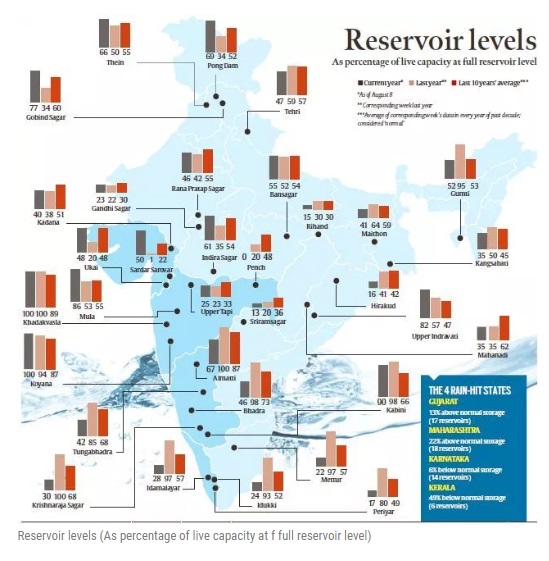7667766266
enquiry@shankarias.in
Kavalappara landslide
Status of Reservoir levels in India

Consumer Price Index (CPI)
Decline in stubble burning
Source: PIB, The Indian Express